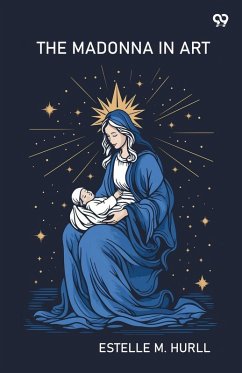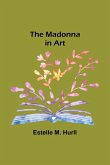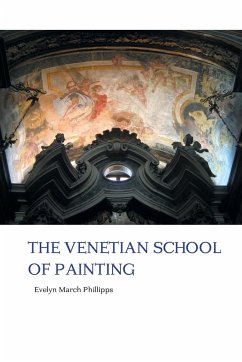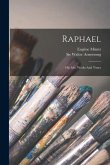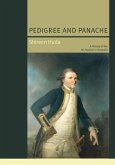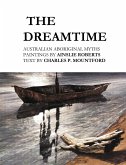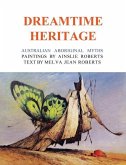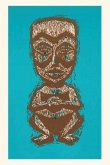The Madonna in Art examines artistic representations of the Madonna across different periods and styles, offering insight into how depictions of the Virgin Mary have evolved in meaning, symbolism, and aesthetic form. Through detailed analysis of renowned paintings and sculptures, the work invites readers to explore religious, cultural, and historical contexts that shaped these portrayals. Beginning with early Christian imagery and moving through Renaissance masterpieces and beyond, the book highlights the variations in posture, expression, and composition used by artists to convey ideals of purity, motherhood, and divine grace. Early chapters focus on iconic works housed in Italian churches and museums, emphasizing the influence of Byzantine, Gothic, and Renaissance art traditions. Descriptions of individual artworks are paired with commentary on the artists intentions, stylistic choices, and the devotional roles these images played within communities. As the narrative progresses, the text reflects on the shifting balance between spiritual reverence and human emotion in visual interpretations of the Madonna, drawing attention to broader artistic trends and theological implications. The book ultimately celebrates the enduring appeal of the Madonna as a central figure in Western art, blending aesthetic appreciation with scholarly reflection.
Bitte wählen Sie Ihr Anliegen aus.
Rechnungen
Retourenschein anfordern
Bestellstatus
Storno

